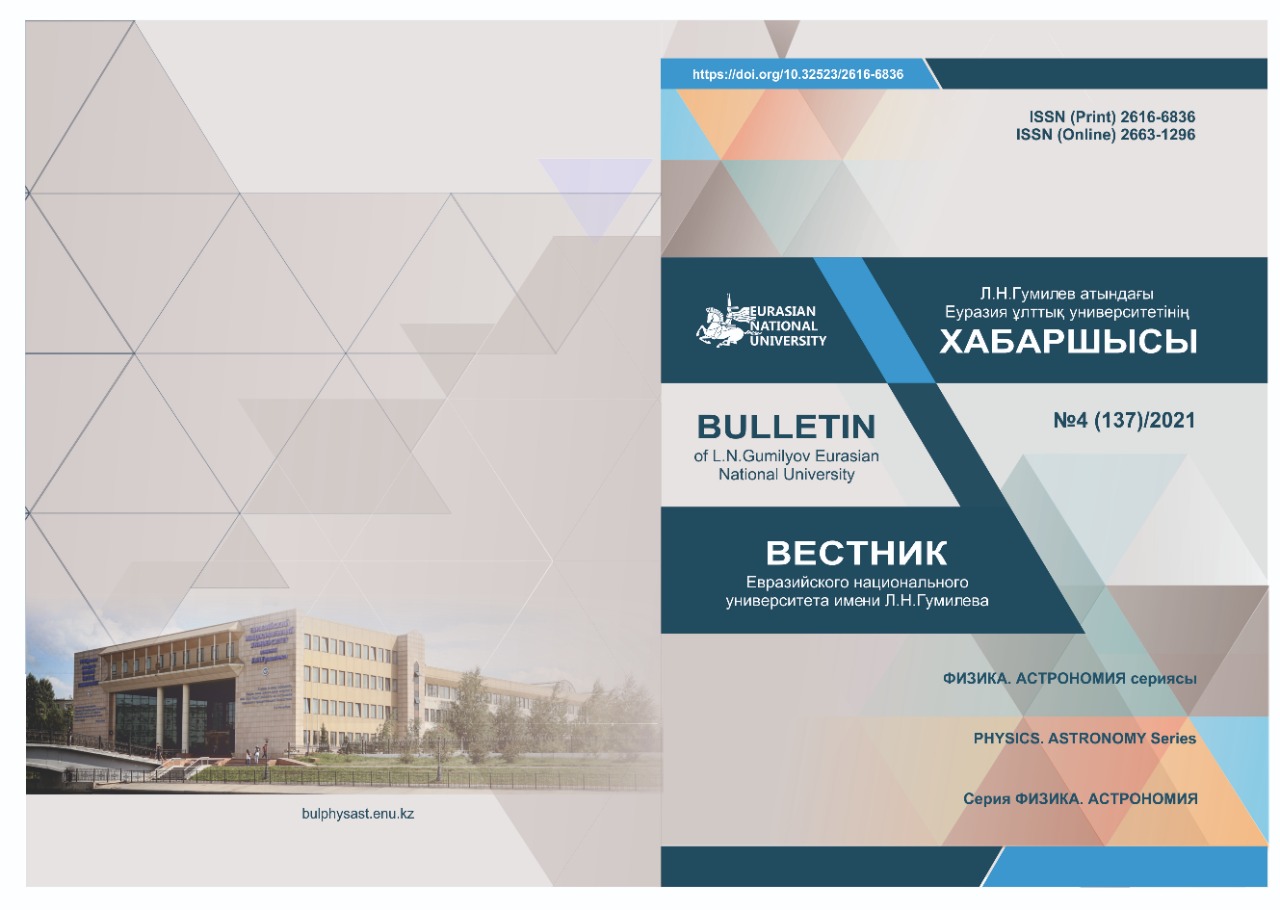Methods for determining the spectroscopy of simple particles
Views: 208 / PDF downloads: 104
DOI:
https://doi.org/10.32523/2616-6836-2021-137-4-8-14Abstract
The article determines the mass of the bound state by the asymptotic change of the correlation function in the corresponding currents with the required quantum numbers. The correlation function is written as a functional integral, and it allows you to highlight the required asymptotics. In our case, when determining the asymptotic change of the correlation function, the approximation to the functional Integral was used in such a way that there was precisely performed averaging over the external calibration field. The resulting view is similar to the Feynman way functional integral in relativistic quantum
mechanics. Also, the non-local functionality (potential) of the interaction that occurs during the exchange of calibrated fields (photons, gluons) is determined by The Feynman diagram and includes both the specific energy of the particles and the formation of the bound state. Thus, there is determined the interaction potential by all possible Feynman diagrams. The article proposes a method for determining the energy spectrum based on the asymptotic change of the vacuum average in the currents of charged
scalar particles in an external caliber field. The article presents the mass of quarks, and the constitutive mass by introducing a complete Hamiltonian into the mass of mesons. The article also examines the relationship between the constitutive mass of light quarks in light-to-light quarks and the constitutive mass of light-to-heavy quarks in light quarks. For mesons consisting of light quarks, there is a separation of the constitutive mass of quarks between the spin-singlet and spin-triplet states that is, the constitutive masses of quarks in the triplet state are greater than the singlet state. There is observed change in the constitutive
masses of quarks due to the increase in the number of Orbital Quanta.










